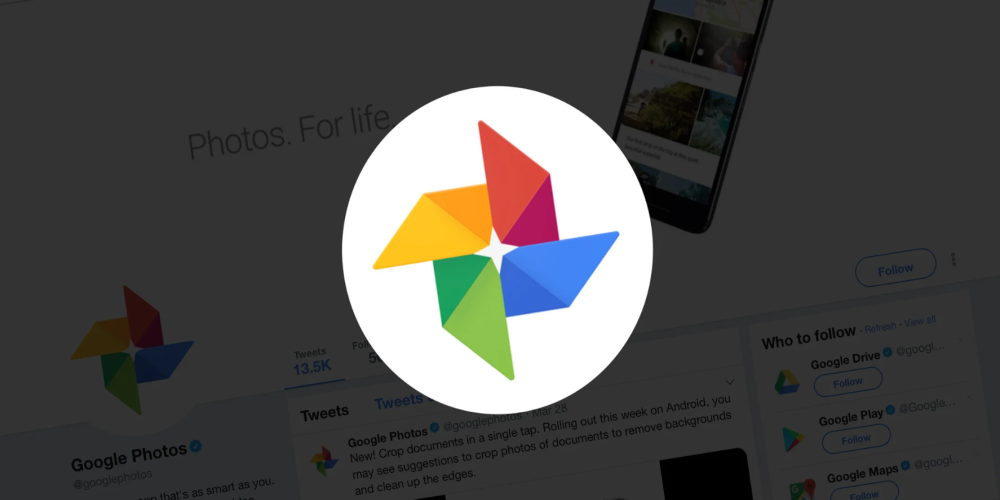Enhancing Document Management with Google Photos on the Web
- 2024-07-22 17:45

In the age of advanced smartphone technology, our Android cameras have evolved to serve multiple functions, including being effective tools for scanning documents. With the increasing reliance on digital storage solutions, managing the sheer volume of images and documents has become pivotal. Google Photos, a robust gallery app, has long been a go-to for many users. Enhancements in its web UI aim to simplify document management, particularly with the introduction of an all-new Documents view. This addition marks a significant step in ensuring that users can effortlessly access and organize their documents.
The rapid improvement in smartphone camera technology has rendered them indispensable for various tasks, such as scanning documents, reading QR codes, and capturing high-quality videos. However, the absence of MicroSD card slots in many modern smartphones has pushed users towards cloud storage solutions. Google Photos has proven to be an invaluable tool in this landscape, offering intelligent categorization and search capabilities. Previously, the app's ability to categorize images by faces, locations, and document contents has significantly enhanced the user experience, making it easier to locate specific photos or documents within vast collections.
Last year, Google Photos introduced a dedicated Documents category aimed at organizing photos of receipts, letters, and other paper-based documents. This move was a significant step forward in improving the app's utility for document management. The addition allowed users to avoid the clutter of mixed images and efficiently locate their important documents. Recent updates have further empowered users by allowing them to override automatic categorizations, giving more control over how their documents are organized within the app.
An exciting new feature now brings this document categorization and management capability to the web interface of Google Photos. Users can easily access their categorized documents from the sidebar on the web UI, or by visiting photos.google.com/u/0/documents directly. This eliminates the need for cumbersome workarounds that were previously necessary to view documents on a computer, such as using Quick Share or messaging the images to oneself.
Furthermore, Google’s intelligent photo search, which extends to the content of the documents stored under the Documents category, has made it simpler to find specific files. A search query based on keywords related to the document’s content, such as the name of a restaurant, to find a receipt yields precise results, integrating seamlessly with other photos taken during that occasion. The introduction of Gemini-powered Ask Photos is another anticipated feature, promising to elevate the efficiency of content search within the app even further. Despite some users awaiting the full rollout of the Documents sidebar, the direct URL provides immediate access.
The advancements in Google Photos' web interface with the introduction of the Documents view demonstrate a commitment to enhancing user convenience and document management. By bridging the gap between mobile and web platforms, Google Photos allows users to effortlessly organize and access their digital documents. The ability to search by document content and override automatic categorizations provides further flexibility and efficiency. As Google continues to roll out these features, users can look forward to an intuitive and streamlined experience managing their digital document archives. The development marks a significant step towards integrating cloud storage with everyday document management needs, promising a future where managing digital documents is easier than ever.